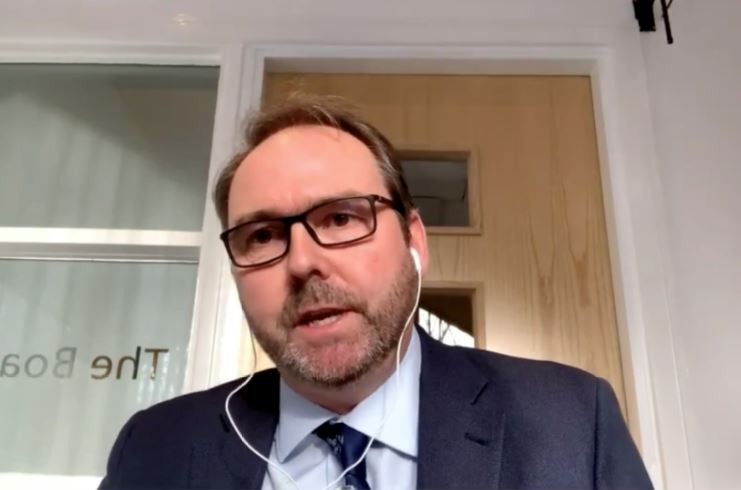REVITALISING THE UK’S HIGH STREETS

Despite an unprecedented year – which has seen the UK’s High Streets battling the twin challenges of soaring internet sales and store closures forced by the Coronavirus – there is hope for the future if decision makers take a creative approach.
That was the view shared by Banks Long & Co Managing Director Tim Bradford who joined a top flight panel to discuss Repurposing the High Street at the Midlands UK Forum for Growth Conference.
Team Lincolnshire represented Greater Lincolnshire at the online event and Tim, a Team Lincolnshire Ambassador, was a member of a panel chaired by Claire Pooley (Avison Young) and included Paul Wright (New RiverREIT), Rebecca Lewis (Morgan Sindall) and Chris Henning (Nottingham City Council).
High Streets have changed, but they were evolving long before COVID-19 decimated the footfall. The pandemic had simply helped to speed-up things up and intensified the need for change and a new purpose, the conference heard.
Tim highlighted how major regeneration projects are making a real difference to retail destinations and encouraging people to take a fresh look at town centres. The sensitive multi-million-pound redevelopment of Lincoln’s Cornhill Quarter is an excellent example of this trend.
Panel members considered the importance of town centres and potential strategies which would provide solutions for the future.
Everyone agreed that high streets fulfil many functions: economic, social, entertainment and civic. Threats (experienced countrywide) include online shopping, supermarkets, out of town retail outlets and offices moving out of town. Many people now work from home and buy goods online, but they still want to socialise.
Tim said; " it is important to explore repurposing high streets from a wider regional perspective – a top priority for the Greater Lincolnshire LEP and Lincolnshire County Council (which cover a large and diverse area).
A public/private sector partnership, such as Team Lincolnshire, is instrumental in the success of town centres and the key to strong thriving high streets is a strong growth agenda. The Greater Lincolnshire LEP supports these," he said.
"A strong economy unites the region and with the Town Deals in place as well, these are all positive ways to grow and reinvent our High Streets."
He added that Lincolnshire is seeing a rise in inward migration, boosted by the pandemic.
In exploring how the future high street might shape-up, panellists agreed the public and private sectors needed to work together. Taking ownership of high streets is seen as key, along with championing regeneration – with a social conscience based on a shared risks and rewards model. Public realm and wide open spaces are becoming an increasingly important part of the mix.
Tomorrow’s centres need to generate “all-day” spending, giving people plenty of reasons to visit. It seems that we can no longer rely on office workers to provide an abundance of footfall This is a big consideration for Lincolnshire with its diverse demographic," said Tim.
Referring again to Lincoln’s successful Cornhill Quarter scheme he said it has been regenerated in line with the collective vision of public and private sector stakeholders. The area now boasts an attractive mix of top-name and local retailers, an Everyman Cinema, a gym and restaurants.
Tim stressed the importance of developing skills for the future and encouraging members of the younger generation to stay locally. That required jobs, housing and vibrant town centres with alternative uses, he said.
"We need to engage with the community and understand the social dynamics. For example, the coast has unique issues with its seasonal workers and visitors, which are very different to other parts of the region."
All the panellists agreed capital that backs social, as well as fiscal return, is vital to fund changes.
